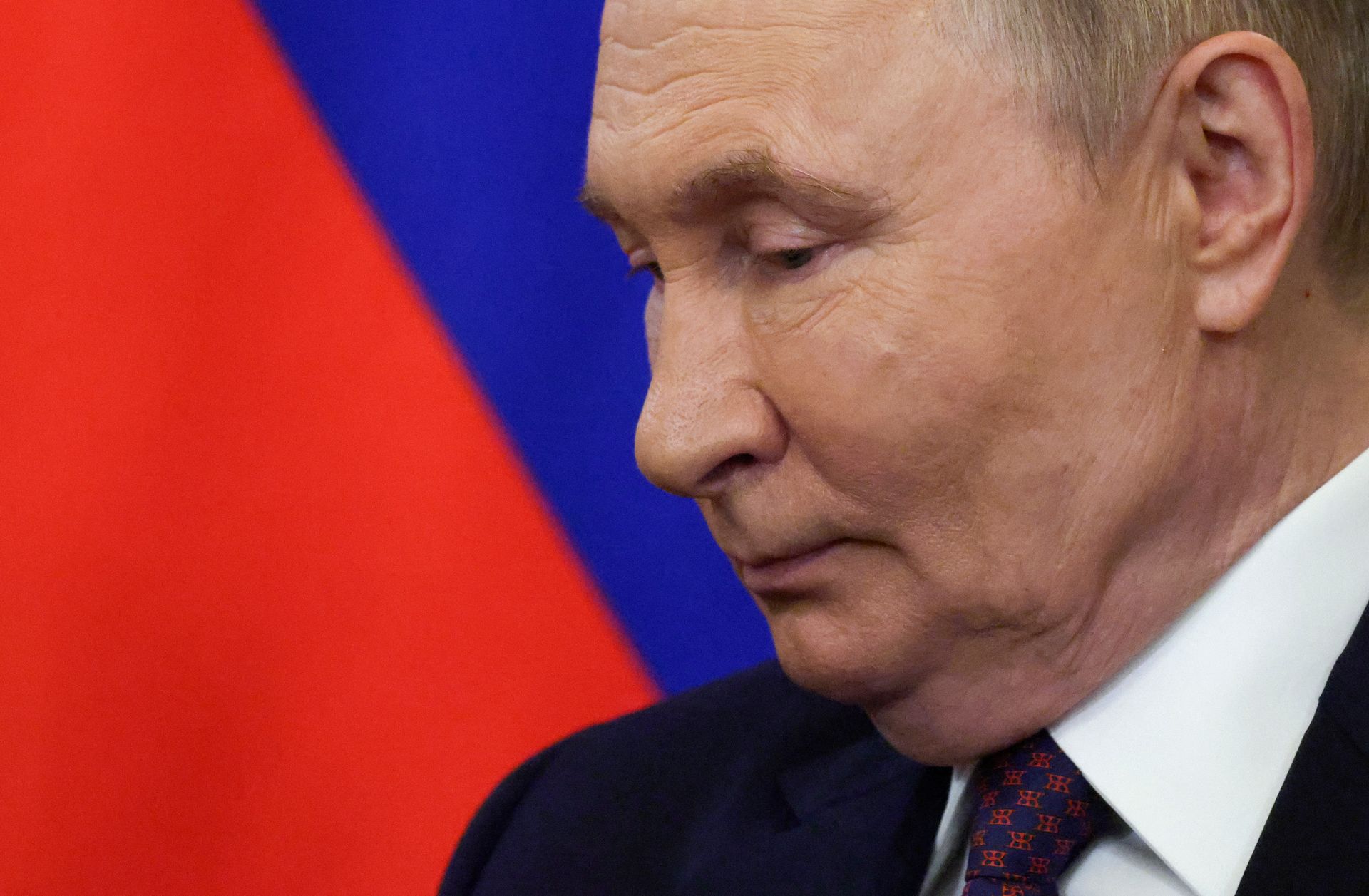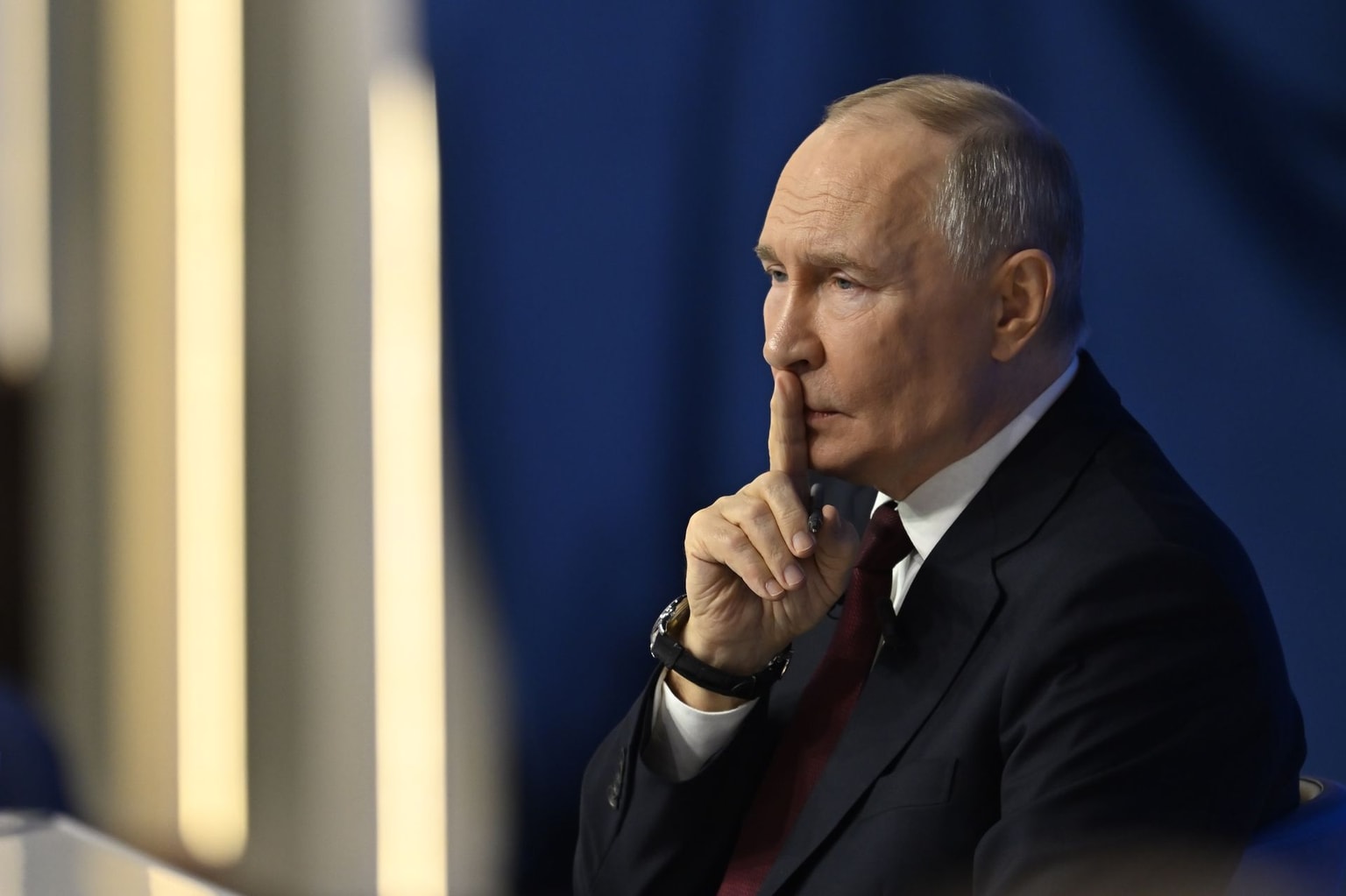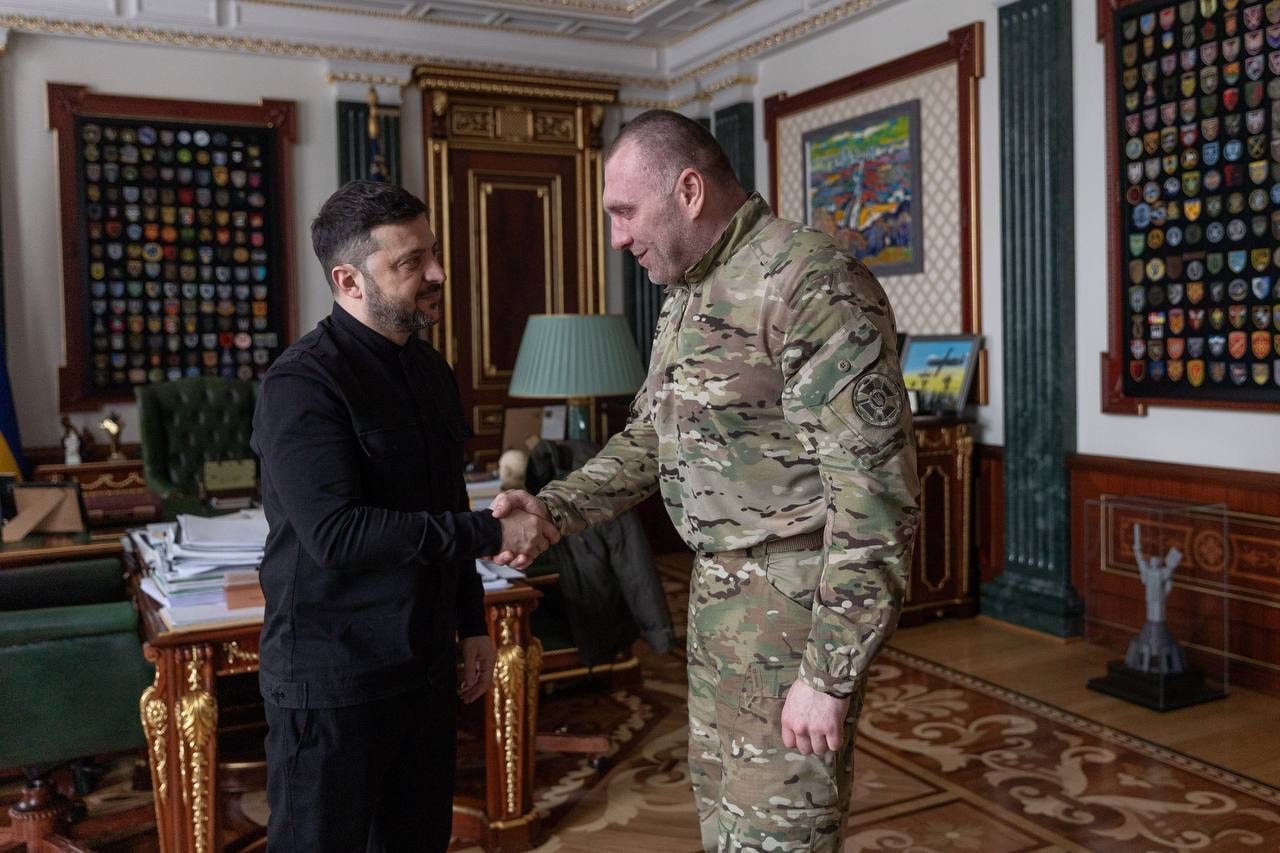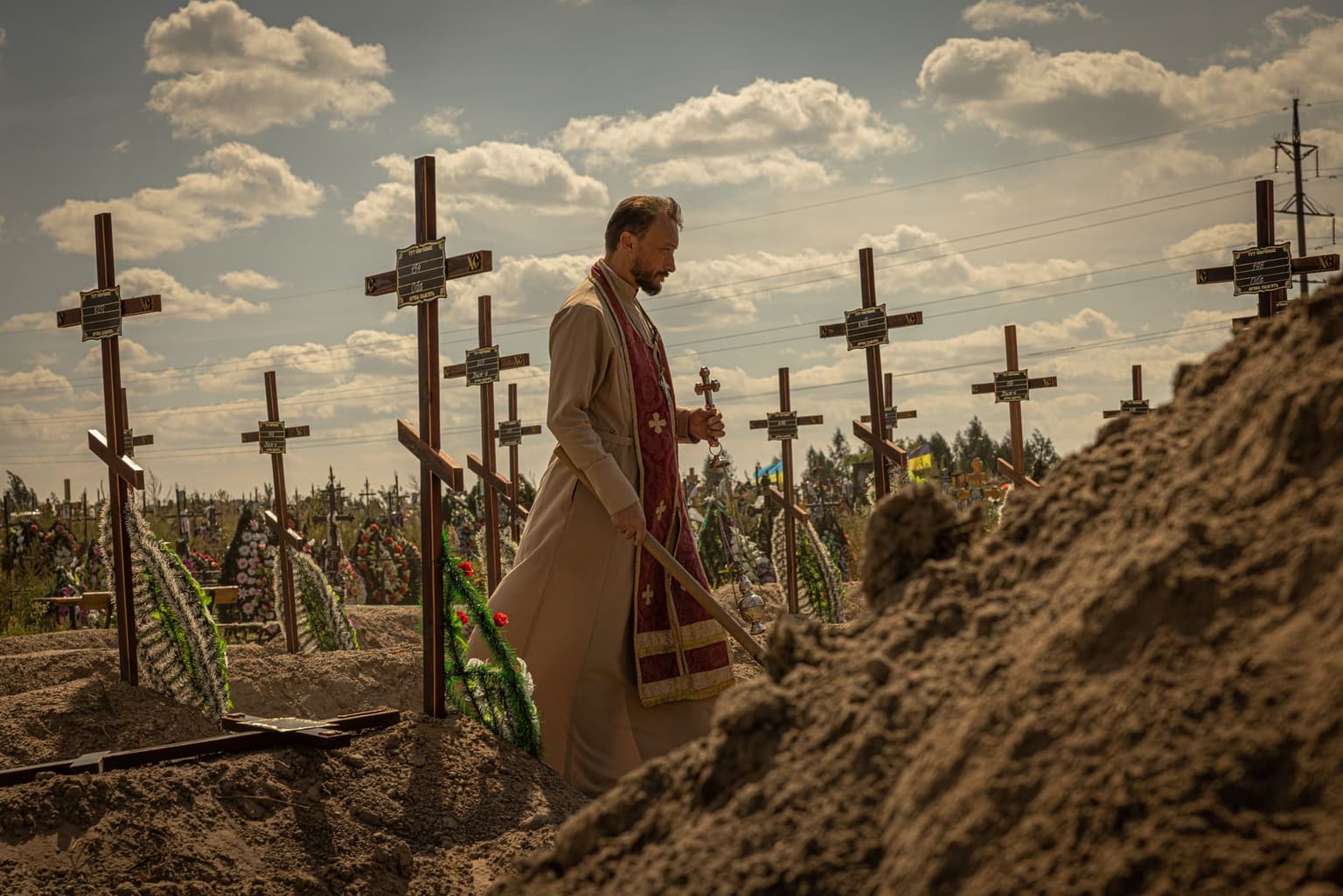
Undercounted and erased: The world has underestimated how many civilians Russia has killed in Ukraine
A priest prays over the fresh graves of unidentified civilians killed by Russian troops in Bucha, Kyiv Oblast, Ukraine, on Sep. 2, 2022. (Serhiy Morgunov / Global Images Ukraine via Getty Images)

Kate Turska
Chair of the Ukrainian Association of New Zealand (North)
Leaving a permanent stain on the reputation of the New York Times, Pulitzer laureate Walter Duranty wrote in 1933: "You can't make an omelette without breaking eggs." The Soviet experiment was the omelette. The eggs were millions of Ukrainians deliberately starved by Moscow for wanting freedom. And the bloodthirsty chef was Joseph Stalin — a tyrant whose only rival in genocidal ambition at the time was Adolph Hitler.
Duranty parroted Kremlin talking points, dismissed eyewitness accounts, and described the Holodomor — Stalin’s deliberate and monstrous campaign to exterminate Ukrainians — as mere “malnutrition.” He publicly denied the deaths but privately admitted that millions had likely already perished.
The chief correspondent in the USSR for America's newspaper of record betrayed not just Ukraine, but his readers, the truth, and his noble profession. Nearly a century later, Moscow is once again attempting to erase Ukraine, while politicians and commentators, wittingly or not, cite statistics that diminish the scale of atrocities.

Before going further, let’s consider a phrase that has become far too comfortable in international reporting: “civilian casualties.” While civilians inevitably suffer in all wars, Russia’s campaign is defined by the intentional targeting and murder of civilians. But there are no "casualties," only victims of war crimes.
Despite overwhelming evidence of war crimes that Russian troops have committed in Ukraine since 2022, international media and institutions continue to rely on the UN’s official figure of around 13,000 civilian deaths. This number reflects only what can be double-confirmed, not what can be reasonably known. The OHCHR itself admits the true toll is far higher.
What protects a reputation more: repeating an official undercount that serves Russian propaganda, or confronting uncomfortable truths?
Its methodology, though careful and well-intentioned, excludes vast swaths of occupied territory, where unimaginable cruelty is buried and access is blocked by its perpetrators. Every death must be corroborated by at least two independent sources, which may be feasible in liberated areas but is impossible under Moscow’s control. Without access, there are no witnesses, no documents, no exhumations — and therefore, no count.
Take Mariupol as a case in point. Before the war, it was home to nearly 450,000 people. After months of encirclement and bombardment in 2022, city officials estimated that 25,000–75,000 civilians had been killed. Those numbers alone would eclipse the UN’s entire civilian death toll for the war, but they’re not reflected in official statistics. Mariupol is still under occupation. Independent investigators have not been allowed in. What happened there remains largely unrecorded.
The same is true in every city still under Russian occupation in eastern and southern Ukraine, or towns that have been wiped off the map by the war. These places, where phone lines are cut, media is silenced, and locals are terrified to speak, remain inaccessible to international monitors. But the absence of documentation does not mean the absence of death.
And when these areas are liberated, the truth emerges. In Bucha, more than 400 bodies were found after Russian troops retreated in April 2022 — many with their hands tied, shot at close range. In Izium, mass burial sites containing hundreds of civilians were uncovered, many showing signs of torture. Thousands more may have been burned, buried without records, or never recovered. But Bucha is now a liberated outlier. What lies buried in occupied Tokmak or Nova Kakhovka remains unknown.

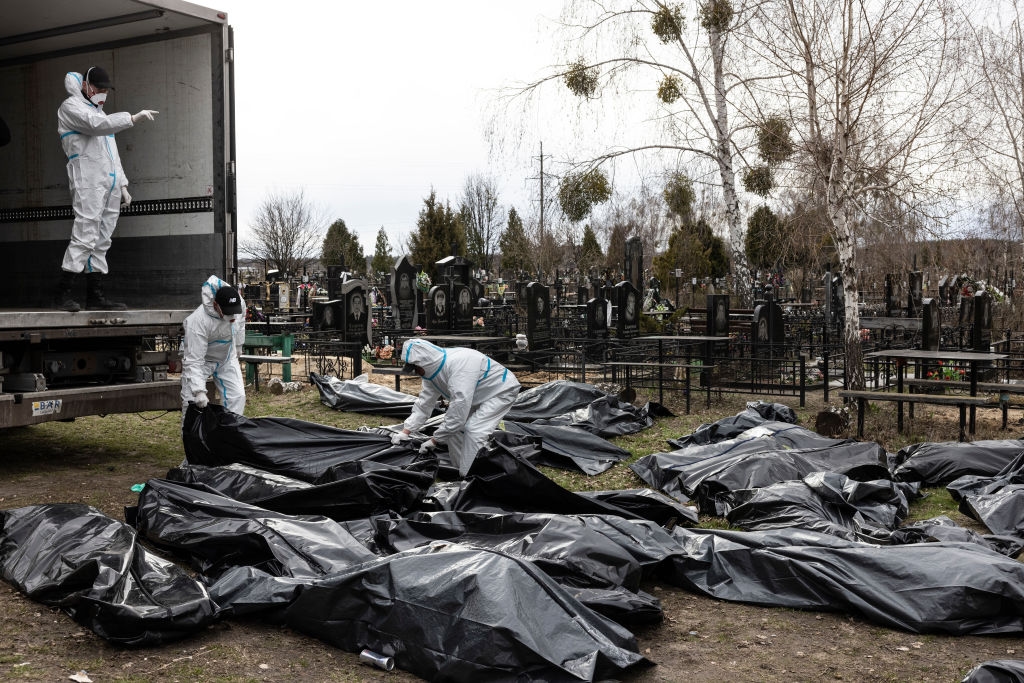
Beyond direct killings, we must also consider the thousands of civilians who have died because of war conditions — lack of medical care, starvation, and attacks on infrastructure. These deaths are rarely included in the UN’s figures, but they’re no less the consequence of Russia’s aggression, and no less intentional than a bullet to the head. Entire towns have been cut off from power, heat, and water during winter. Hospitals have been deliberately targeted. Pregnant women, cancer patients, and the elderly have died simply because they could not access care in time.
Another blind spot in the numbers: filtration camps. Thousands of Ukrainian civilians have been abducted, forcibly deported, or detained in Russian-controlled facilities — many tortured, many executed. Their names are missing from official lists. Their families receive no information.
The 13,000 figure is still cited — not because it’s accurate, but because it’s safe. Journalists and policymakers lean on it to avoid the charge of speculation. But what protects a reputation more: repeating an official undercount that serves Russian propaganda, or confronting uncomfortable truths?
In 1942, the Evening Star reported that 2 million Jews had already been killed in Nazi’s genocide — a figure based on incomplete, unverified sources. It was speculative by necessity, but the alternative was worse: to demand death certificates from the gas chambers or wait in silence for the proper count. The journalists who published it are not remembered as alarmists. They’re remembered for recognizing the scale of the crime as it was unfolding.
Today, Russian propaganda exploits the UN’s undercount to deny war crimes, minimize Ukraine’s suffering, and subvert international resolve to hold the aggressor accountable. But no lasting or meaningful peace can be built on the erasure of tens — perhaps hundreds — of thousands of innocent lives. Duranty’s failure to report on the genocide in Ukraine a century ago reminds us that defending truth requires moral clarity and courage. Anything less is complicity by omission.

